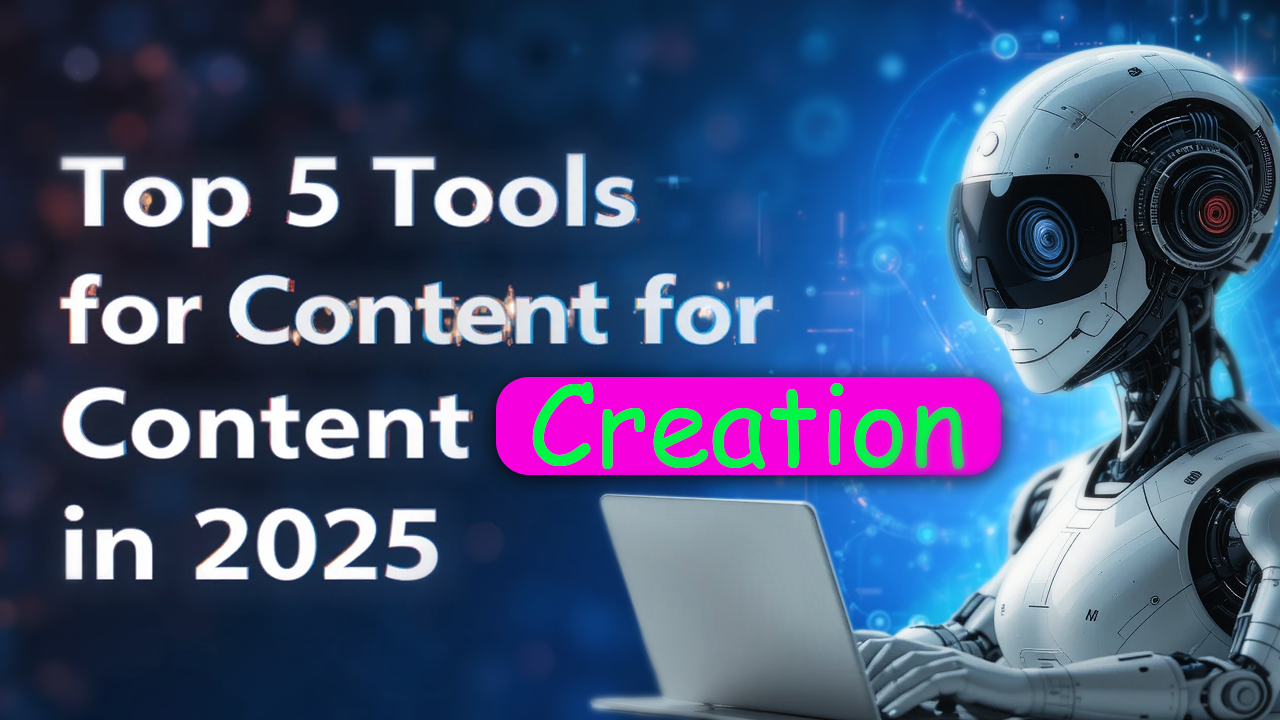Have you ever wondered why certain educational websites thrive, while others are lost in the web’s depths? It all comes down to optimizing. An optimized educational blog isn’t only about content, it’s about connecting to your readers, ensuring the user experience is seamless, and making your content searchable. It doesn’t matter if you’re a student sharing your knowledge tips or an educator who is generating new ideas and an academic writer who translates complicated concepts into bite-sized chunks This guide is designed to assist you.
At the end the blog you’ll know how to:
- Find and target your customers.
- Make sure your blog is designed for the best user-friendliness.
- Create engaging content that inspires and informs.
- Utilize SEO and social media and analytics to increase the reach and impact of your blog.
Understanding Your Audience

Begin by learning the basics
Who do you write for? The definition of your readers is a first stage towards making a blog that is resonant. A blog that is educational usually is targeted at these three major categories:
- students High schoolers students, undergraduates or postgrads Each group has its own preferences and issues.
- Teachers Professeurs or teachers and tutors seeking additional sources or new teaching methods.
- Academic bloggers Content creators with a niche, who aim to provide valuable information or to simplify complicated concepts.
Speak Their Language
Connecting with your target audience is about using the appropriate structure and tone. Keep it interesting for students – think appealing, easy to read as well as visually attractive. Educational professionals may appreciate content backed by data and elaborate frameworks. Academic bloggers? Give detailed analysis and citations to prove credibility.
Actionable Tips Take a survey for readers or conduct social media polls in order to know what your target audience is looking for. Ask them questions such as “What topics would you like us to cover?” or “How do you prefer content to be delivered?”
Blog Design and User Experience

Keep It Clean and Simple
Imagine logging onto the blog, only to be surrounded by menus that are cluttered, tiny typefaces and incessant advertisements. Are you going to stick around? Perhaps probably not. This is why the layout is important. Simple, clean layout can be a huge help for easy reading.
- Less menus Insight Navigation should be easy to navigate. Utilize categories such as “Study Tips,” “Exam Prep,” or “Research Tools” for clarity.
- Responsive design More than half of all web traffic comes from mobile. Make sure your blog is attractive regardless of the device you use it on.
Visual Hierarchy for Easy Scanning
The majority of readers skip over their reading before reading. Use:
- Subheadings and headings (like the one below) to provide structure.
- Bullet points and lists of numbers to help you understand the most important takeaways.
- Bold and bold fonts to highlight important concepts.
Actionable Tips Utilize tools such as Canva to design attractive infographics that are visually appealing or add icons to menus to make it easier to identify.
Content Creation

Mix Personality and Knowledge
The core of your blog is the content. Educational blogs can easily slide into boredom. Avoid this. Instead:
- Mix information with captivating examples.
- Do not hesitate to share anecdotes and cases studies to show the sake of realism.
- Ask questions that stimulate your mind and spark curiosity.
Break It Down
The educational content you consume can be very dense. Divide it into manageable parts:
- Include short paragraphs.
- Utilize plain language to increase reading comprehension (aim to achieve an 8th grade reading level).
- Include summaries or TL;DRs when required.
Incorporate Tasting Notes (Metaphorically)
Similar to tasting notes for wine lovers In addition, adding “tasting notes” to complex topics can help readers understand what to anticipate. For instance:
“Writing your essay? Begin with a outline Divide the content into three sections (intro body, body, and conclusion) and proofread for grammar blunders.”
Actionable Tips Utilize storytelling! Make your points appear in a narrative, it’s a guaranteed method to entice your readers.
SEO Optimization

Visibility Matters
Even the most well-designed blog can’t be successful if readers can’t locate it. The Search Engine Optimization (SEO) is your best option.
- Keywords for Targeting Use tools such as Google Keyword Planner to discover keywords such as “best study tips,” “how to write essays,” or “primary vs secondary sources.”
- Meta tags Create Meta descriptions that are SEO-friendly, title tags and alt text for images to improve the performance of your search.
- Internal Linking Connect your blog posts whenever possible. For example, connect your “study hacks” post to your “time management” post.
Pro Tips Try to include your desired keywords in your title. the first 100 words and then at the very least one subheading.
Don’t Forget Voice Search
With the popularity of voice searches Write in conversational, formatted with questions. Keywords such as “how to study effectively” are more likely to be a target for people using voice search.
Actionable Tips Utilize tools such as Yoast SEO to ensure that your blog’s content is optimized to search engines.
Social Media Promotion

Meet Your Readers Where They Are
Your audience isn’t restricted to your blog. They’re active on Instagram, TikTok, and Twitter as well.
- Instagram reels sharing quick study hacks can drive traffic.
- Tweets that address academic problems are easily shared.
- Join groups on Facebook that are educational and post your content in a way that doesn’t risk appearing too promotional.
Collaborate for Visibility
Guest blog posts on other educational websites or collaborations with influencers may help you reach more people.
Actionable Tips Make sure to post during times that your audience is engaged. Research suggests that posting at night is best for students.
Monitoring and Analytics
Data Tells a Story
How can you determine whether your blog is functioning? You’ll need analytics.
- Utilize Google Analytics to monitor parameters like pages viewed, bounce rate and duration of sessions.
- Hotjar can offer heatmaps that show where users are spending the longest time.
Adjust and Adapt
If a specific type of article (e.g. studying tips) gets more engagement then replicate the success. Examine topics that aren’t performing and modify your strategy.
Actionable Tips Prioritize updates to content. Update older posts with fresh information or with a more polished layout to keep relevance.
Keep Enhancing Your Blog’s Impact
Making your blog educational an authoritative resource requires a blend of imagination strategy, strategic thinking, and knowledge. Remember:
- Be aware of your audience and respond directly to the needs of your audience.
- Your blog should be attractive and simple to use.
- Create informative, engaging and actionable information.
- Learn SEO using social networks to boost traffic.
- Utilize analytics to improve your performance.
The key to having a great blog is constant learning, just as education itself. Are you looking to take it one step higher? Engage with your readers and answer their questions and motivate readers to take action. Then, get out there and improve your blog’s performance to help your readers — and yourself!














